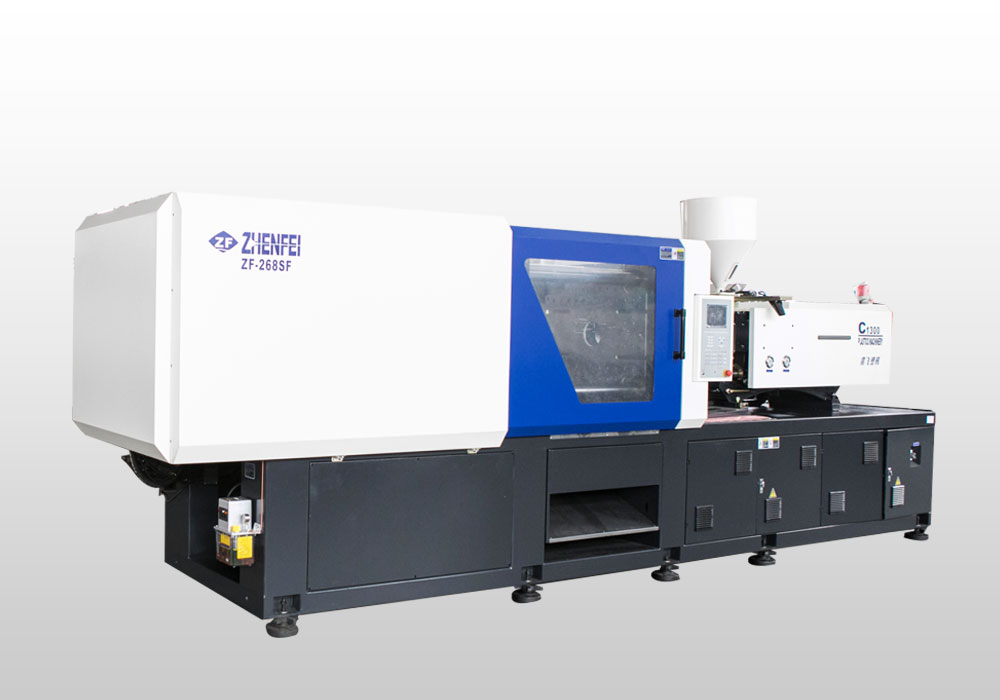Date:Nov 27, 2021
An injection molding machine, also known as an injection press, is a tool used to make plastic products. It consists of two main parts: the injection unit and the clamping unit. These two components work together to mold and create products. A clamping unit is used to hold the plastic product in place while the injection unit controls the speed and pressure of the material. Typically, the clamping units are smaller than the clamping units, but they are still important to the overall operation of the machine.
The injection mold is a complex tool made of three major parts: a barrel, a hopper, and a screw. The injection molding machine is a 3-component system that is able to mold and produce various plastic products. During each cycle of the molding process, a moveable platen opens and closes the mold cavity. The plastic molten in the hopper is injected through a nozzle into the cavity of the mold cavity. A thermolator is installed on the barrel to control the temperature of the coolant.

An electric injection molding machine is available in many sizes and applications. This type of machine is the most popular among the electric models. Compared to the hydraulic machines, electric injection molders are more energy-efficient and require less power. Both types of machines utilize pumps and encoders to monitor rotation position. These advantages make it a great choice for manufacturers of plastic products. This article will explore some of the pros and cons of an injection molding machine, and help you choose the best one for your business.
An injection molding machine will use a screw to push plastic powder into a mold cavity. The screw will heat the plastic granules, which will then be molded into a specific product. When the mold is closed, the molten plastic will be injected into the mold cavity. This process allows the plastic to cool and harden in the mold. The screw can be controlled to increase or decrease the viscosity of the plastic, which can affect the quality of the part.
An injection molding machine uses heated plastic. These materials cannot be reheated, so the material must be cooled before it can be molded into a part. An electric machine will save energy by using an external hydraulic power pack. A servo-driven model will make it easier to adjust the temperature of a mold. The rotary motion will ensure that the molten plastic melts in the mold.
An injection molding machine can be horizontal or vertical. Some types of these machines use gravity to move the parts and inserts. Some models don't require fastening of molds. A manual clamp will hold the mold in place and prevent it from moving while the process is running. The hydraulic pump can be a constant-speed machine or a variable-displacement one. KEBA i2880 has a servo motor and a swash plate to adjust the amount of fluid.
Injection molding machines are critical to the production process because they guide the molten plastic into the mold cavities. The runner is the component of an injection mold that allows the molten plastic to enter the cavity. The runner is made of a series of channels. These channels are important for the process of injection molding. Often, the material is melted into a part by a servo pump and a gate that controls the temperature of the injection mold.
An injection molding machine has a series of parts. The first part is the mold. The second component is the sprue. This piece is a molded part. The mold is attached to the hopper by a metal screw. When the plastic part has been cured, the runner is then cut. The sprue and ram are separated in separate parts of the molding machine.
The screw is internal to the barrel. It is designed to meter the polymer material from the feed. The tie bars support the mold. A heater band is placed between the two platens to heat the material and prepare it for injection. Once the material is melted, the mold is ready for use. If it is too big for a machine to handle, it may not be able to meet the needs of the customer.